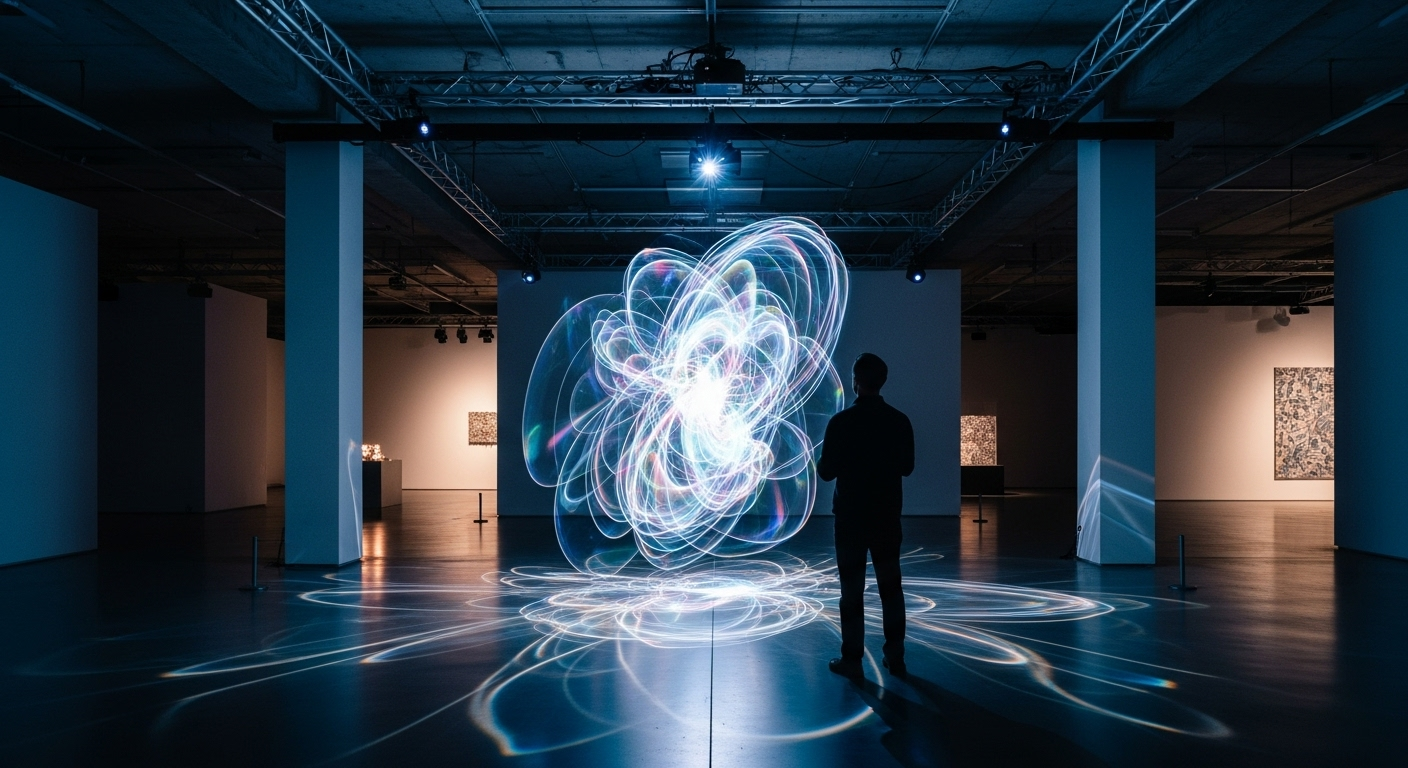The Rebirth of Miniature Art in Contemporary Culture
In a world dominated by grandiose installations and larger-than-life digital experiences, a subtle yet captivating movement is gaining momentum in the art world. Miniature art, once relegated to the realm of hobbyists and niche collectors, is experiencing a renaissance that's capturing the imagination of artists, curators, and audiences alike. This resurgence is not merely a nostalgic nod to the past but a powerful commentary on modern life, challenging our perceptions of scale, detail, and the very nature of artistic expression.

A Response to the Digital Age
In an era of information overload and constant digital stimulation, miniature art offers a respite—a chance to slow down and focus on the minuscule. Artists are using this form to comment on our relationship with technology and the environment. By creating worlds that require close, personal inspection, they’re encouraging viewers to disconnect from screens and engage with physical reality in a more intimate way. This shift towards the tangible and tactile is seen as a counterpoint to the increasingly virtual nature of modern life.
Technological Advances Fueling Creativity
Paradoxically, the same technological advancements that have pushed us towards digital experiences are also enabling new frontiers in miniature art. 3D printing, micro-engineering tools, and advanced optics have allowed artists to create works of unprecedented intricacy and precision. These technologies have democratized the field, allowing a new generation of artists to experiment with scale and detail in ways previously unimaginable. From microscopic sculptures visible only through electron microscopes to tiny, fully functional cityscapes, the boundaries of miniature art are continually expanding.
Cultural Impact and Exhibition Trends
Major galleries and museums around the world are taking notice of this miniature renaissance. Exhibitions dedicated to miniature art are drawing record crowds, with viewers marveling at the skill and patience required to create such tiny masterpieces. Social media platforms have played a crucial role in popularizing the movement, with artists sharing their processes and final works to millions of followers. This exposure has led to a surge in demand for miniature art, both from collectors and institutions.
Challenges and Controversies
Despite its growing popularity, the miniature art movement faces unique challenges. Questions of accessibility arise, as the intricate details of these works can be difficult for some viewers to appreciate fully. There’s also ongoing debate about the role of technology in creating these pieces, with purists arguing for traditional techniques over digital aids. Additionally, the art world grapples with how to value and price these works, given their labor-intensive nature and the specialized skills required to create them.
The Future of Tiny
As the miniature art movement continues to evolve, it’s clear that its impact on the broader art world will be anything but small. Artists are exploring themes of sustainability, using micro-scale works to highlight environmental issues and promote resource conservation. Others are integrating miniature art into larger installations, creating multi-layered experiences that challenge perceptions of scale and reality. With advancements in augmented reality, there’s potential for miniature art to bridge the physical and digital realms in exciting new ways.
The rebirth of miniature art in contemporary culture is more than just a trend; it’s a reflection of our complex relationship with scale, detail, and the physical world. As we navigate an increasingly digital and oversized world, these tiny creations offer a powerful reminder of the beauty and complexity that exists in the smallest of spaces. The movement challenges us to look closer, think deeper, and find wonder in the minutiae of life—proving that sometimes, the biggest impact comes in the smallest package.





